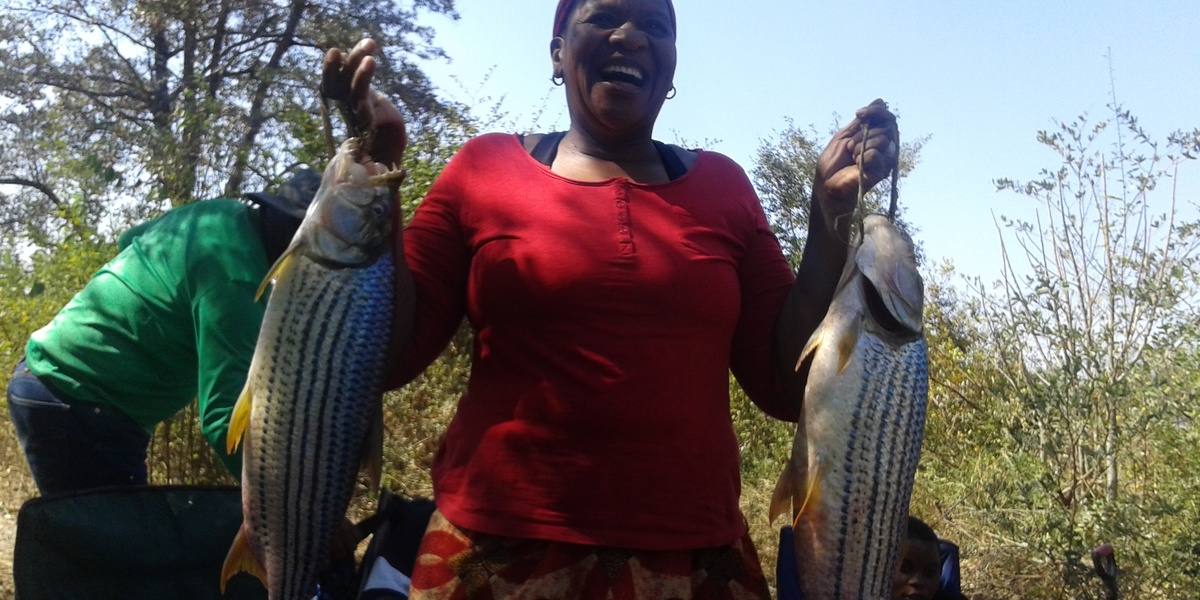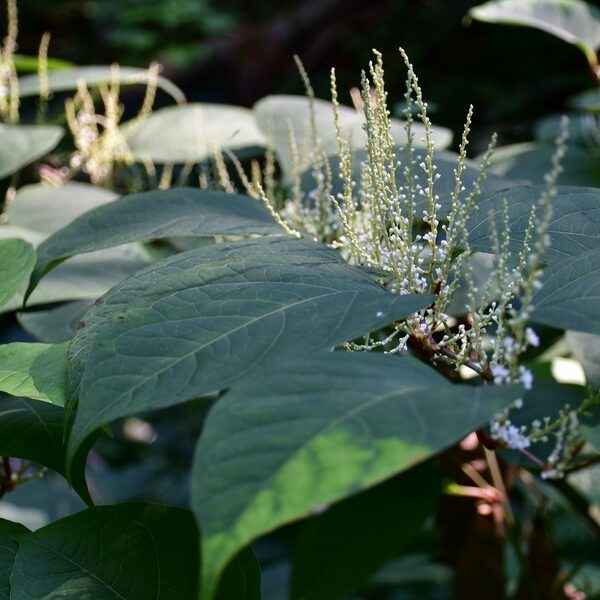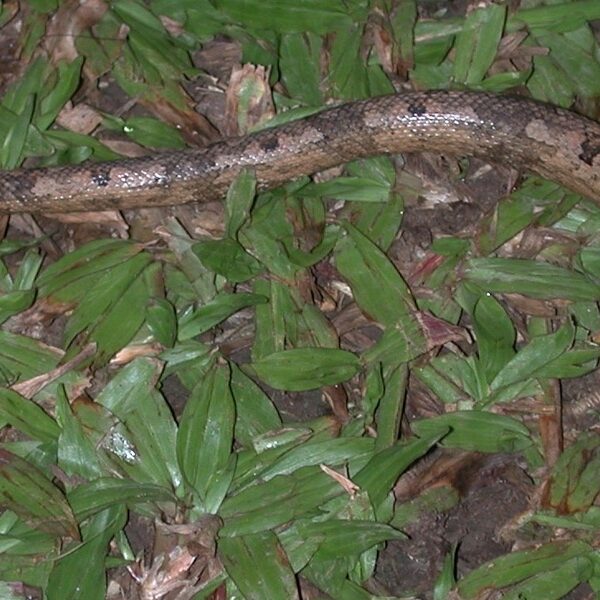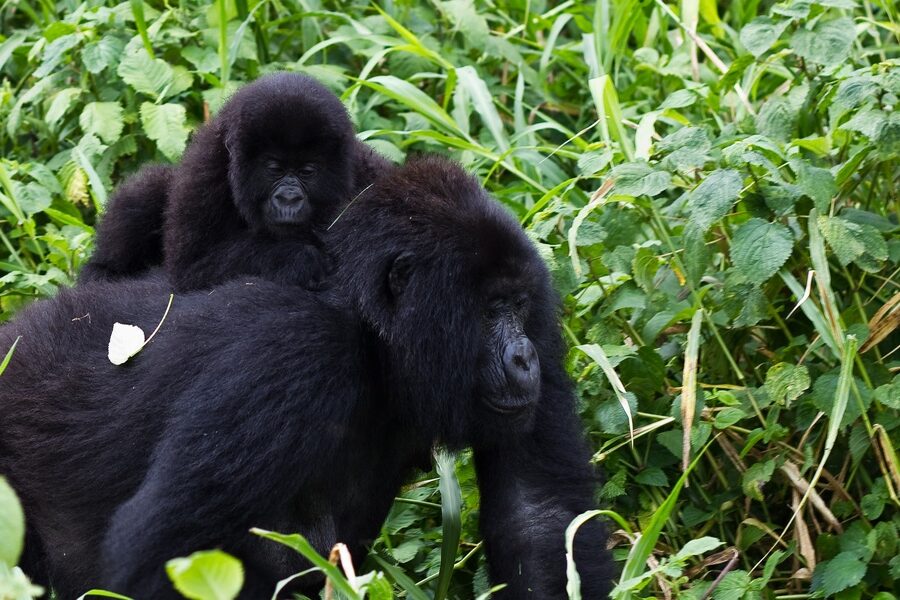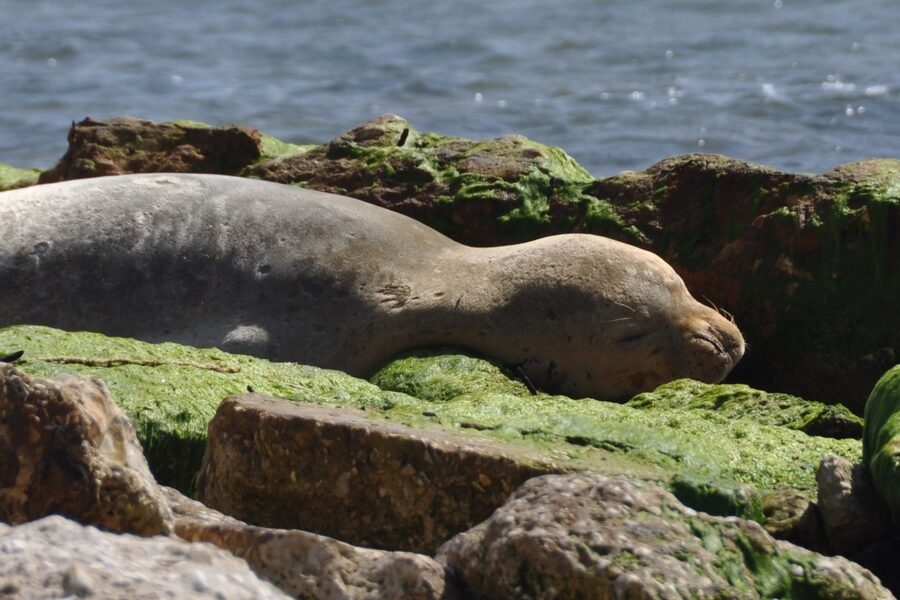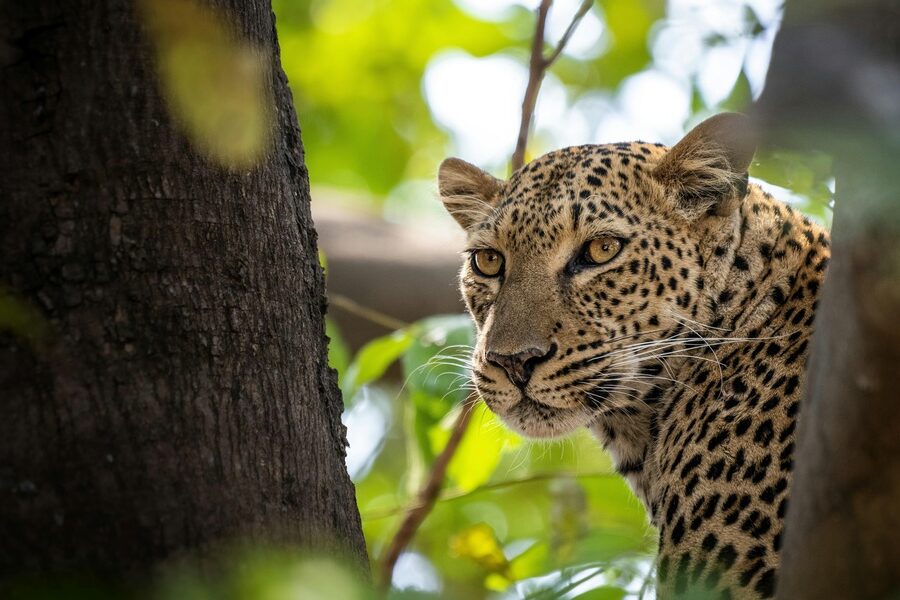The rivers, floodplains and coastal waters of the Republic of the Congo support a mix of freshwater and marine species shaped by seasonal floods, mangrove fringes and an Atlantic shelf that links inland and coastal ecosystems. Local fisheries, museum records and field surveys all contribute to understanding this variety.
There are 30 Fish of the Republic of the Congo, ranging from African Butterflyfish to White Grouper. For each species you’ll find below Scientific name,Typical size (cm),Habitat & range (RoC),Description (30-50 words), providing concise identification, size estimates and local range notes you’ll find below.
Where are these species most commonly recorded within the country?
Most records come from the Congo River basin and its tributaries, coastal mangroves near Pointe-Noire, and the continental shelf; seasonal floodplains also host many freshwater species. The list’s habitat & range notes help pinpoint likely locations, but exact occurrences depend on season and survey effort.
How can this list be used for field identification or research?
Use the table to narrow candidates by size and habitat, match scientific names to local common names, and prioritize species for surveys or catch reports; for detailed work, cross-reference with regional field guides, museum records and local experts.
Fish of the Republic of the Congo
| Name | Scientific name | Typical size (cm) | Habitat & range (RoC) | Description (30-50 words) |
|---|---|---|---|---|
| Goliath Tigerfish | Hydrocynus goliath | 150 | Congo River main channel and large tributaries | A legendary apex predator famed for its massive, interlocking teeth. It is a powerful swimmer that hunts in turbulent waters, preying on other fish. Its fearsome appearance and fighting ability make it a prized catch for sport anglers. |
| Congo Tetra | Phenacogrammus interruptus | 9 | Congo River basin streams and tributaries | A beautiful, iridescent schooling fish popular worldwide in the aquarium trade. In the wild, males display long, flowing fins and vibrant rainbow colours to attract mates. They feed on small insects, crustaceans, and plant matter near the water’s surface. |
| Slender Lungfish | Protopterus dolloi | 100 | Swamps and floodplains of the Congo River basin | An ancient fish that can breathe air using a lung-like organ. During the dry season, it can survive by burrowing into the mud and forming a protective cocoon, entering a state of suspended animation until the rains return. |
| Peters’s Elephantnose | Gnathonemus petersii | 22 | Murky, slow-moving rivers of the Congo basin | This unique fish uses a weak electric field to navigate and find food in dark waters. Its long, trunk-like chin extension is covered in electroreceptors, allowing it to “see” its surroundings and communicate with others of its kind. |
| African Butterflyfish | Pantodon buchholzi | 12 | Calm, vegetated surface waters in the Congo basin | A specialized surface-dweller with large, wing-like pectoral fins that allow it to leap from the water to catch insects. Its large, upturned mouth and superior eyes are perfectly adapted for spotting prey from below, making it an efficient aerial hunter. |
| Ornate Bichir | Polypterus ornatipinnis | 60 | Swamps and slow-moving rivers in the Congo basin | Often called a living fossil, this primitive, snake-like fish has both gills and lungs. It stalks the riverbed at night, using its excellent sense of smell to hunt for small fish and invertebrates. Its body is covered in tough, diamond-shaped scales. |
| African Pike Characin | Hepsetus odoe | 70 | Rivers and lakes throughout the Congo basin | A voracious ‘lie-and-wait’ predator that resembles the unrelated pikes of the northern hemisphere. It has a streamlined body and a mouth full of sharp teeth, allowing it to ambush and capture other fish with a burst of speed from its hiding spot. |
| Congo Puffer | Tetraodon miurus | 15 | Sandy bottoms of the Congo River | A master of camouflage, this freshwater pufferfish buries itself in the sand with only its eyes exposed, ambushing unsuspecting prey. Like its marine relatives, it can inflate its body with water as a defense mechanism when threatened. |
| Upside-down Catfish | Synodontis nigriventris | 10 | Widespread in the Congo River basin | Famous for its unusual habit of swimming and resting upside down. This behaviour allows it to easily feed on insect larvae and algae from the underside of logs and leaves. Its darker belly provides camouflage from predators looking up from below. |
| Electric Catfish | Malapterurus electricus | 122 | Slow-moving, vegetated waters of the Congo River | This remarkable catfish possesses an electric organ capable of generating a shock of up to 350 volts. It uses this powerful discharge for both stunning prey and defending itself from predators. It is a nocturnal hunter with poor eyesight. |
| Leopard Bushfish | Ctenopoma acutirostre | 20 | Slow, heavily vegetated waters of the Congo basin | A beautiful and patient ambush predator with a spotted pattern that provides excellent camouflage. It often drifts motionless, resembling a dead leaf, before lunging at small fish or invertebrates that venture too close. It is a popular species among aquarists. |
| Giraffe Catfish | Auchenoglanis occidentalis | 70 | Widespread in rivers and lakes, including Congo River | Named for its distinctive mottled pattern, this large catfish is an omnivore with a long snout. It uses its sensitive barbels to probe the riverbed for insects, mollusks, and plant matter. It is a peaceful giant and an important food source. |
| Six-barred Distichodus | Distichodus sexfasciatus | 76 | Congo River and its major tributaries | A large, deep-bodied characin known for its vibrant orange colour and six distinct vertical black bars. As a juvenile, it is a popular but demanding aquarium fish. In the wild, it feeds mainly on plants, worms, and crustaceans. |
| Harlequin Sharkminnow | Labeo cyclorhynchus | 16 | Rapids and fast-flowing sections of the Congo River | A stunningly patterned bottom-dweller with a network of black and tan markings. It uses its specialized mouth to scrape algae from rocks in turbulent water. Its striking appearance makes it highly sought after in the aquarium trade. |
| African Sharptooth Catfish | Clarias gariepinus | 170 | Widespread in rivers, lakes, and swamps | An extremely hardy and adaptable air-breathing catfish that can survive in poor-quality water and even “walk” short distances on land. It is a voracious omnivore and a very important species for aquaculture and local fisheries throughout Africa. |
| Cornish Jack | Mormyrops anguilloides | 150 | Main channel of the Congo River | One of the largest elephantfishes, this nocturnal predator has an elongated, eel-like body. It uses a weak electric organ discharge to navigate and locate its prey, which primarily consists of other fish, in the river’s murky depths. |
| Atlantic Tarpon | Megalops atlanticus | 250 | Coastal waters, estuaries, and river mouths | A massive, silver-scaled game fish known for its spectacular leaps when hooked. It is a primitive fish that can gulp air from the surface, allowing it to tolerate low-oxygen water. It’s a prized catch for sport anglers. |
| West African Barracuda | Sphyraena afra | 210 | Coastal marine waters, sometimes entering estuaries | A large, formidable predator with a torpedo-shaped body built for speed. It has a prominent lower jaw and long, dagger-like teeth used for slicing through prey. It often hunts in schools, ambushing smaller fish in open coastal waters. |
| Bonga Shad | Ethmalosa fimbriata | 45 | Coastal waters, estuaries, and lagoons | A vital commercial fish species, forming large schools in brackish waters. It is a filter-feeder, consuming phytoplankton and zooplankton. Bonga shad is often smoked or dried and is a staple food source for many coastal communities. |
| Cassava Croaker | Pseudotolithus senegalensis | 110 | Coastal sandy and muddy bottoms | A commercially important marine fish, highly valued for its flesh. It belongs to the drum family and can produce croaking sounds using its swim bladder. It feeds primarily on smaller fish and crustaceans near the seabed in coastal shelf waters. |
| Crevalle Jack | Caranx hippos | 124 | Coastal waters, estuaries, and even penetrates rivers | A powerful and aggressive predatory fish known for its fighting strength. It travels in large, fast-moving schools to hunt smaller fish. Its blunt head and strong, forked tail are signs of its speed and power, making it a popular target for anglers. |
| Mangrove Red Snapper | Lutjanus agennes | 80 | Coastal waters, estuaries, and mangrove forests | A hardy and adaptable snapper that thrives in brackish environments like mangrove estuaries. It has a reddish-brown body and is an important food fish. Juveniles use the complex mangrove root systems as a protective nursery before moving offshore. |
| Guinean Tilapia | Tilapia guineensis | 30 | Brackish estuaries, lagoons, and lower river courses | A highly adaptable cichlid that can tolerate a wide range of salinities. It is an omnivore that plays a crucial role in estuarine ecosystems. Like many tilapias, it is a mouthbrooder, with the female protecting the eggs and fry inside her mouth. |
| African Pompano | Alectis ciliaris | 150 | Coastal marine waters, often near reefs | A striking marine fish recognized by its deep, compressed body and silvery sheen. Juveniles have incredibly long, thread-like dorsal and anal fin rays that trail behind them. Adults are powerful predators found in open waters and are a prized catch. |
| Giant African Threadfin | Polydactylus quadrifilis | 200 | Coastal waters, estuaries, and river mouths | One of the largest threadfins, this impressive fish is a prized sport and food fish. It is recognized by the long, thread-like rays below its pectoral fins, which it uses to feel for crabs, shrimp, and fish on the muddy seabed. |
| Madeiran Sardinella | Sardinella maderensis | 35 | Coastal pelagic waters, often in large schools | A small, silvery fish that is economically very important for coastal fisheries. It forms immense schools that are preyed upon by larger fish, marine mammals, and seabirds. It’s a key species in the marine food web. |
| African Lookdown | Selene dorsalis | 40 | Coastal marine waters, over sandy or muddy bottoms | Named for its steep, “disapproving” facial profile, this fish has a remarkably thin, deep, and silvery body that provides excellent camouflage. Juveniles have long, filamentous fins that shorten as they mature. They often form schools in shallow coastal areas. |
| White Grouper | Epinephelus aeneus | 120 | Coastal waters over rocky or sandy bottoms | A large and valuable predatory fish targeted by commercial and recreational fisheries. It is a protogynous hermaphrodite, starting life as a female and later transitioning to a male. It typically ambushes prey from crevices in rocks or reefs. |
| Rough-head Sea Catfish | Arius latiscutatus | 80 | Coastal marine and brackish waters over muddy bottoms | A large marine catfish with a bony head shield and sharp, venomous spines on its dorsal and pectoral fins. Males exhibit paternal care, incubating the large eggs in their mouths until they hatch, forgoing food for the entire period. |
| Congo Dentex | Dentex congoensis | 50 | Deeper coastal marine waters over various bottoms | This sea bream is endemic to the tropical Atlantic coast of Africa. It has a pinkish-silver body and strong canine-like teeth at the front of its jaws, which it uses to prey on fish, squid, and crustaceans in deeper shelf waters. |
Images and Descriptions
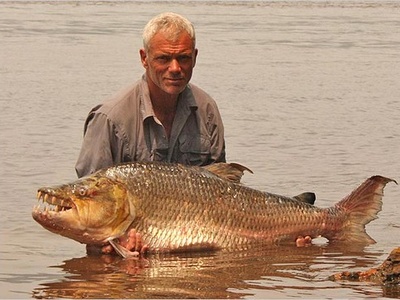
Goliath Tigerfish
A legendary apex predator famed for its massive, interlocking teeth. It is a powerful swimmer that hunts in turbulent waters, preying on other fish. Its fearsome appearance and fighting ability make it a prized catch for sport anglers.
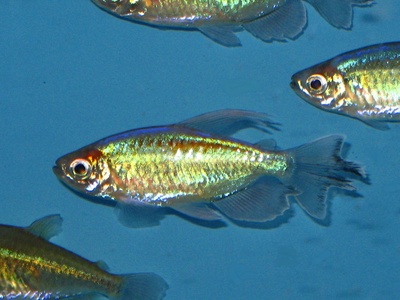
Congo Tetra
A beautiful, iridescent schooling fish popular worldwide in the aquarium trade. In the wild, males display long, flowing fins and vibrant rainbow colours to attract mates. They feed on small insects, crustaceans, and plant matter near the water’s surface.
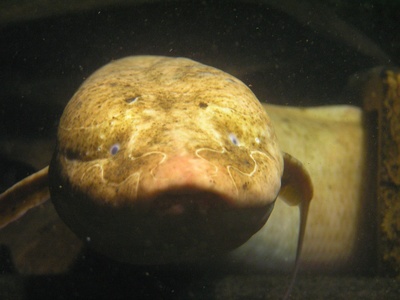
Slender Lungfish
An ancient fish that can breathe air using a lung-like organ. During the dry season, it can survive by burrowing into the mud and forming a protective cocoon, entering a state of suspended animation until the rains return.
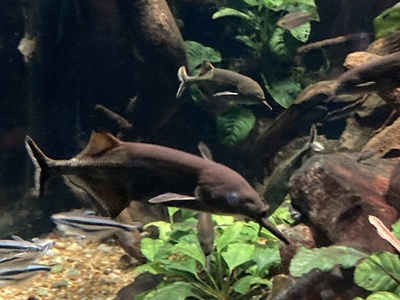
Peters’s Elephantnose
This unique fish uses a weak electric field to navigate and find food in dark waters. Its long, trunk-like chin extension is covered in electroreceptors, allowing it to “see” its surroundings and communicate with others of its kind.
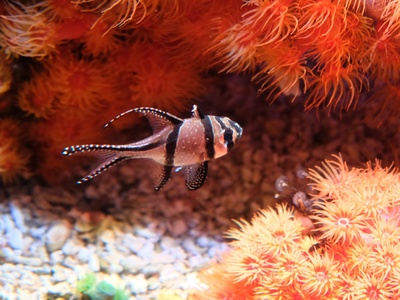
African Butterflyfish
A specialized surface-dweller with large, wing-like pectoral fins that allow it to leap from the water to catch insects. Its large, upturned mouth and superior eyes are perfectly adapted for spotting prey from below, making it an efficient aerial hunter.
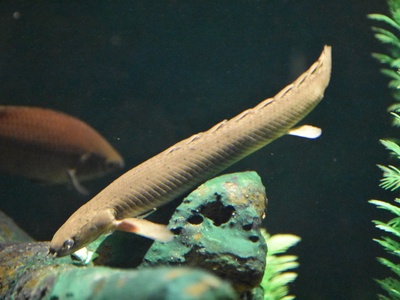
Ornate Bichir
Often called a living fossil, this primitive, snake-like fish has both gills and lungs. It stalks the riverbed at night, using its excellent sense of smell to hunt for small fish and invertebrates. Its body is covered in tough, diamond-shaped scales.
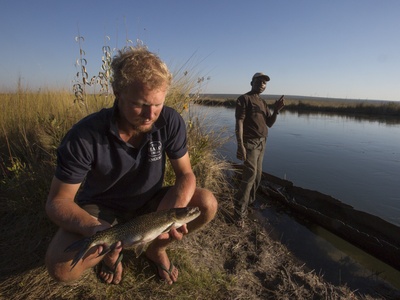
African Pike Characin
A voracious ‘lie-and-wait’ predator that resembles the unrelated pikes of the northern hemisphere. It has a streamlined body and a mouth full of sharp teeth, allowing it to ambush and capture other fish with a burst of speed from its hiding spot.
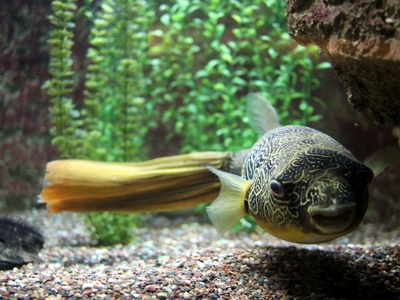
Congo Puffer
A master of camouflage, this freshwater pufferfish buries itself in the sand with only its eyes exposed, ambushing unsuspecting prey. Like its marine relatives, it can inflate its body with water as a defense mechanism when threatened.
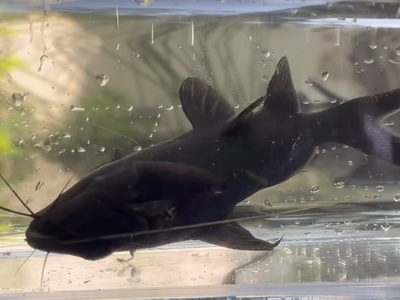
Upside-down Catfish
Famous for its unusual habit of swimming and resting upside down. This behaviour allows it to easily feed on insect larvae and algae from the underside of logs and leaves. Its darker belly provides camouflage from predators looking up from below.
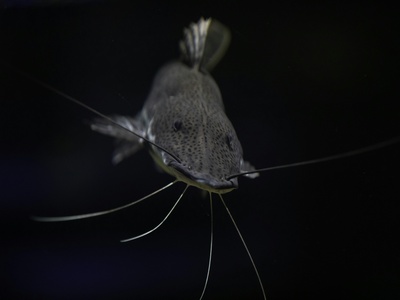
Electric Catfish
This remarkable catfish possesses an electric organ capable of generating a shock of up to 350 volts. It uses this powerful discharge for both stunning prey and defending itself from predators. It is a nocturnal hunter with poor eyesight.
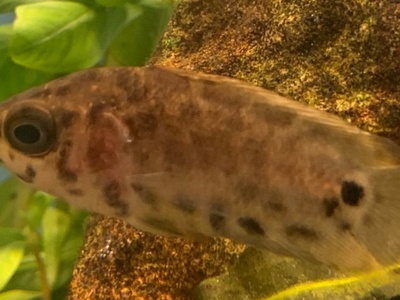
Leopard Bushfish
A beautiful and patient ambush predator with a spotted pattern that provides excellent camouflage. It often drifts motionless, resembling a dead leaf, before lunging at small fish or invertebrates that venture too close. It is a popular species among aquarists.
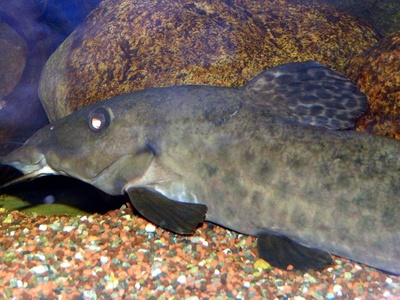
Giraffe Catfish
Named for its distinctive mottled pattern, this large catfish is an omnivore with a long snout. It uses its sensitive barbels to probe the riverbed for insects, mollusks, and plant matter. It is a peaceful giant and an important food source.
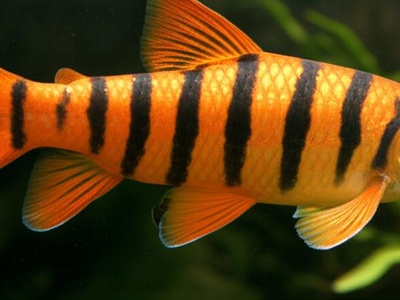
Six-barred Distichodus
A large, deep-bodied characin known for its vibrant orange colour and six distinct vertical black bars. As a juvenile, it is a popular but demanding aquarium fish. In the wild, it feeds mainly on plants, worms, and crustaceans.
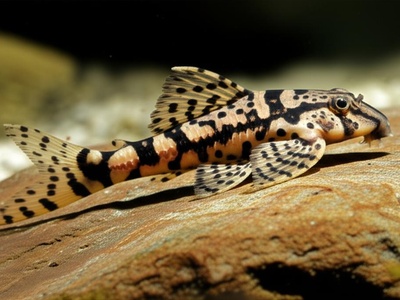
Harlequin Sharkminnow
A stunningly patterned bottom-dweller with a network of black and tan markings. It uses its specialized mouth to scrape algae from rocks in turbulent water. Its striking appearance makes it highly sought after in the aquarium trade.
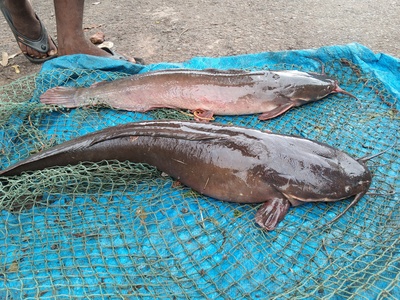
African Sharptooth Catfish
An extremely hardy and adaptable air-breathing catfish that can survive in poor-quality water and even “walk” short distances on land. It is a voracious omnivore and a very important species for aquaculture and local fisheries throughout Africa.
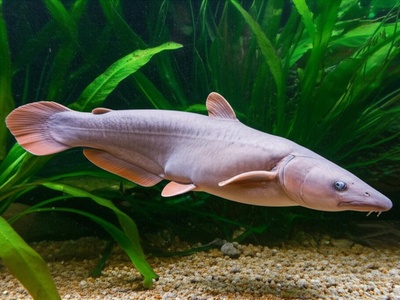
Cornish Jack
One of the largest elephantfishes, this nocturnal predator has an elongated, eel-like body. It uses a weak electric organ discharge to navigate and locate its prey, which primarily consists of other fish, in the river’s murky depths.
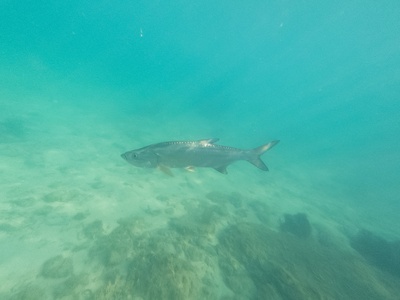
Atlantic Tarpon
A massive, silver-scaled game fish known for its spectacular leaps when hooked. It is a primitive fish that can gulp air from the surface, allowing it to tolerate low-oxygen water. It’s a prized catch for sport anglers.
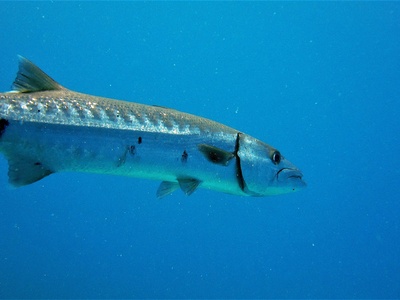
West African Barracuda
A large, formidable predator with a torpedo-shaped body built for speed. It has a prominent lower jaw and long, dagger-like teeth used for slicing through prey. It often hunts in schools, ambushing smaller fish in open coastal waters.
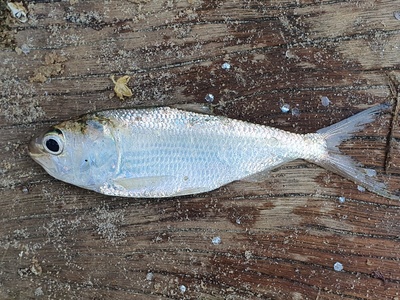
Bonga Shad
A vital commercial fish species, forming large schools in brackish waters. It is a filter-feeder, consuming phytoplankton and zooplankton. Bonga shad is often smoked or dried and is a staple food source for many coastal communities.
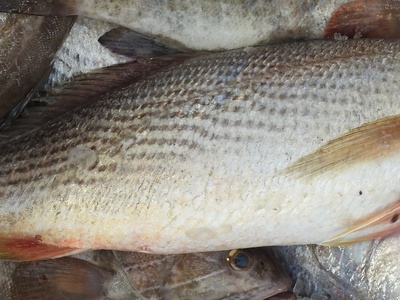
Cassava Croaker
A commercially important marine fish, highly valued for its flesh. It belongs to the drum family and can produce croaking sounds using its swim bladder. It feeds primarily on smaller fish and crustaceans near the seabed in coastal shelf waters.
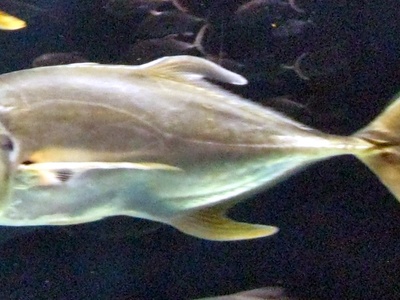
Crevalle Jack
A powerful and aggressive predatory fish known for its fighting strength. It travels in large, fast-moving schools to hunt smaller fish. Its blunt head and strong, forked tail are signs of its speed and power, making it a popular target for anglers.
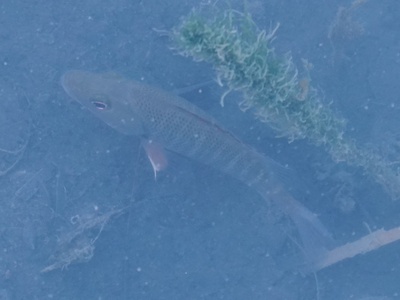
Mangrove Red Snapper
A hardy and adaptable snapper that thrives in brackish environments like mangrove estuaries. It has a reddish-brown body and is an important food fish. Juveniles use the complex mangrove root systems as a protective nursery before moving offshore.
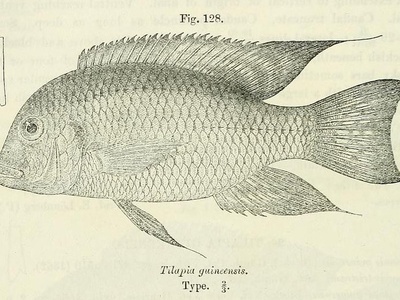
Guinean Tilapia
A highly adaptable cichlid that can tolerate a wide range of salinities. It is an omnivore that plays a crucial role in estuarine ecosystems. Like many tilapias, it is a mouthbrooder, with the female protecting the eggs and fry inside her mouth.
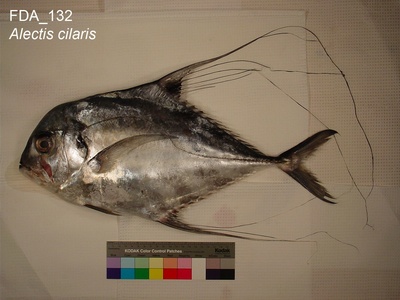
African Pompano
A striking marine fish recognized by its deep, compressed body and silvery sheen. Juveniles have incredibly long, thread-like dorsal and anal fin rays that trail behind them. Adults are powerful predators found in open waters and are a prized catch.
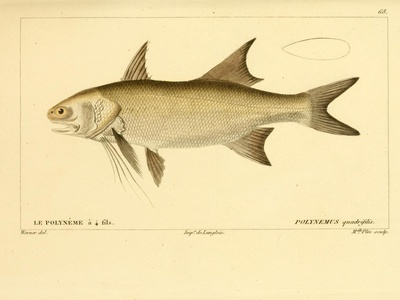
Giant African Threadfin
One of the largest threadfins, this impressive fish is a prized sport and food fish. It is recognized by the long, thread-like rays below its pectoral fins, which it uses to feel for crabs, shrimp, and fish on the muddy seabed.
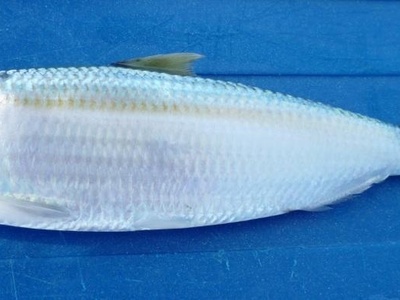
Madeiran Sardinella
A small, silvery fish that is economically very important for coastal fisheries. It forms immense schools that are preyed upon by larger fish, marine mammals, and seabirds. It’s a key species in the marine food web.
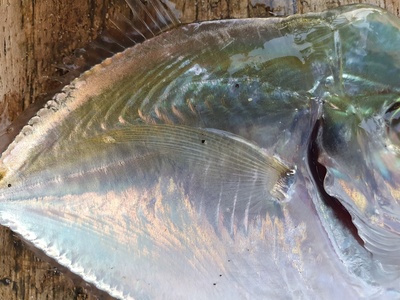
African Lookdown
Named for its steep, “disapproving” facial profile, this fish has a remarkably thin, deep, and silvery body that provides excellent camouflage. Juveniles have long, filamentous fins that shorten as they mature. They often form schools in shallow coastal areas.
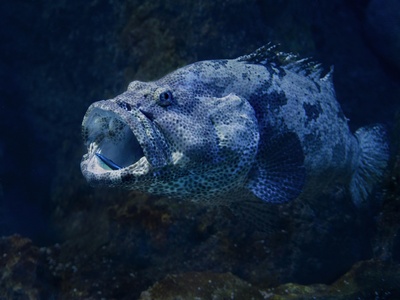
White Grouper
A large and valuable predatory fish targeted by commercial and recreational fisheries. It is a protogynous hermaphrodite, starting life as a female and later transitioning to a male. It typically ambushes prey from crevices in rocks or reefs.
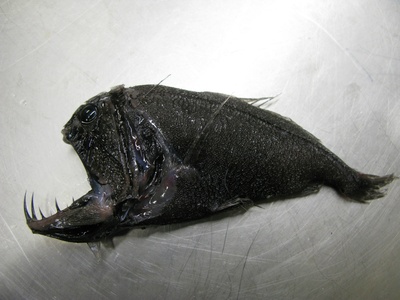
Rough-head Sea Catfish
A large marine catfish with a bony head shield and sharp, venomous spines on its dorsal and pectoral fins. Males exhibit paternal care, incubating the large eggs in their mouths until they hatch, forgoing food for the entire period.

Congo Dentex
This sea bream is endemic to the tropical Atlantic coast of Africa. It has a pinkish-silver body and strong canine-like teeth at the front of its jaws, which it uses to prey on fish, squid, and crustaceans in deeper shelf waters.
